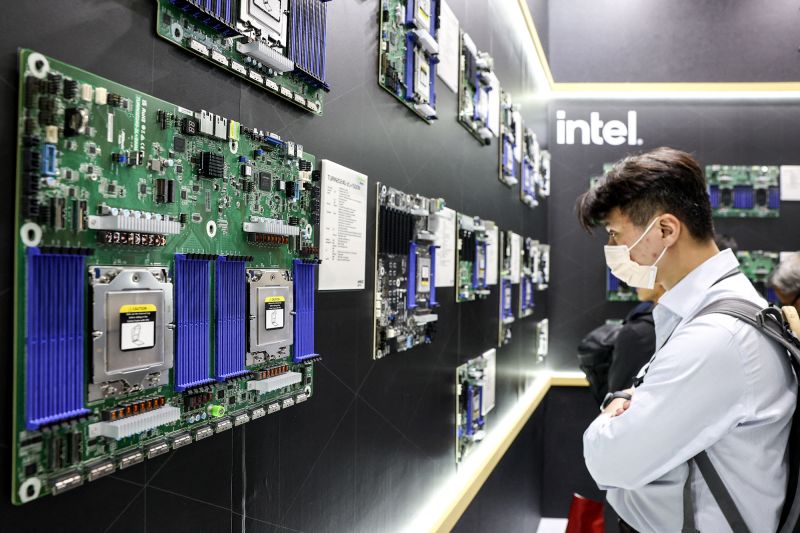US-China AI Race Hinges on Advanced Chip Packaging Technology
The United States and China are engaged in a high-stakes competition to achieve dominance in artificial intelligence (AI). A critical factor in this race is advanced chip packaging technology.
TSMC's Investment and Global Implications
Taiwan Semiconductor Manufacturing Company (TSMC) is making a substantial $100 billion investment in the United States. This move has drawn global attention and sparked some concern in Taiwan.
TSMC's dominance in producing advanced semiconductor chips is crucial. These chips are the backbone of various technologies, from smartphones and AI applications to sophisticated weapons systems.
The Significance of Advanced Packaging
Advanced packaging involves placing more chips, such as GPUs (graphic processing units), CPUs (central processing units), and HBM (high bandwidth memory), closer together. This configuration dramatically improves overall performance, accelerates data transmission speed, and reduces energy consumption.
Nvidia's CEO, Jensen Huang, has underscored the importance of advanced packaging for AI, emphasizing its pivotal role in enhancing efficiency and capabilities.
How Advanced Packaging Works
Dan Nystedt from TrioOrient explains that advanced packaging optimizes the proximity and connections between chips. This technology supports Moore's Law by enhancing chip capabilities, even as fabrication challenges increase.
TSMC's CoWoS (Chips-on-Wafer-on-Substrate) technology has become particularly prominent since the rise of AI, demonstrating its effectiveness in meeting the demands of modern computing.
Conclusion
In summary, advanced chip packaging is a key battleground in the ongoing US-China AI competition, significantly influencing technological advancement and the potential for global dominance.







